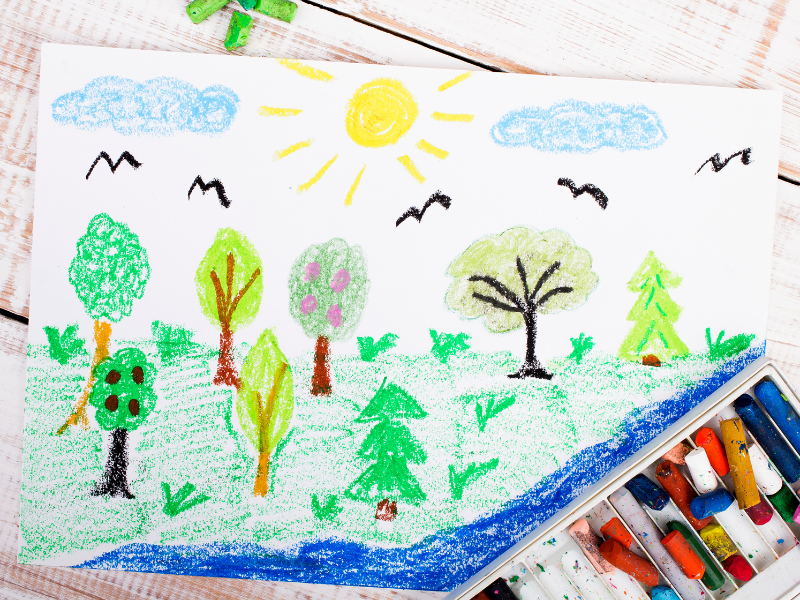Think, Puzzle, Explore

Creative student looks into the distance (Blue Planet Studio, Getty Images)

Creative student looks into the distance (Blue Planet Studio, Getty Images)
This learning strategy helps students activate prior knowledge and generate questions about a topic.
Why use it?
- To activate prior knowledge
- To generate curiosity and questions about a topic
- To launch an inquiry
Tips for success
- Provide adequate time between phases of the process for students to record thoughts.
- This strategy is similar to the KWL chart, however the phrasing “What do I think I know?” instead of asking “What do you know?” allows for an eventual discussion about where knowledge comes from, potential biases, and for identifying and clarifying misconceptions.
How do I use it?
- Students can engage in this strategy during the introduction of a new topic (e.g., space, climate, fractions).
- Invite students to respond to the following three questions:
- What do you think you know about the subject?
- What questions or puzzles do you have?
- What would you like to explore about this subject?
- Ask students to document ideas on post-it notes, a list, or a piece of paper.
- Allow for adequate time for students to reflect and respond to each question.
- Students could share their responses in small groups or with the whole class after each question, or you could invite them to respond to all three before sharing with the class.
- Students may have misconceptions at this point. Add even these ideas to the list so that they can be reviewed for further study. It will give you a good sense of students’ current understanding at a conceptual level and help inform your teaching.
Variations
- If working as a group, you could document the group’s ideas on chart paper/whiteboards instead of asking students to individually document their ideas.
- To foster collaboration, post three chart papers with the questions around the classroom. Invite students to write ideas on sticky notes and conduct a carousel brainstorm.
- This strategy could also be done in a virtual setting using a virtual whiteboard application like Padlet.

Images can help capture and promote scientific and mathematical thinking (Source: Czarny_bez, Getty Images).
Extensions
- Students could launch an inquiry based on their wonders or responses to question 3.
- Document students’ responses and return to the routine later or at the end of a course of study. Invite students to analyse their progress and identify what they have learned.
Using this Strategy
- Think, Puzzle, Explore Reproducible Template [Google doc] [PDF]
Create Your Own
- Think, Puzzle, Explore Reproducible Template [Google doc] [PDF]
References
Adapted from Think, Puzzle, Explore. Thinking Routine from Project Zero, Harvard Graduate School of Education.